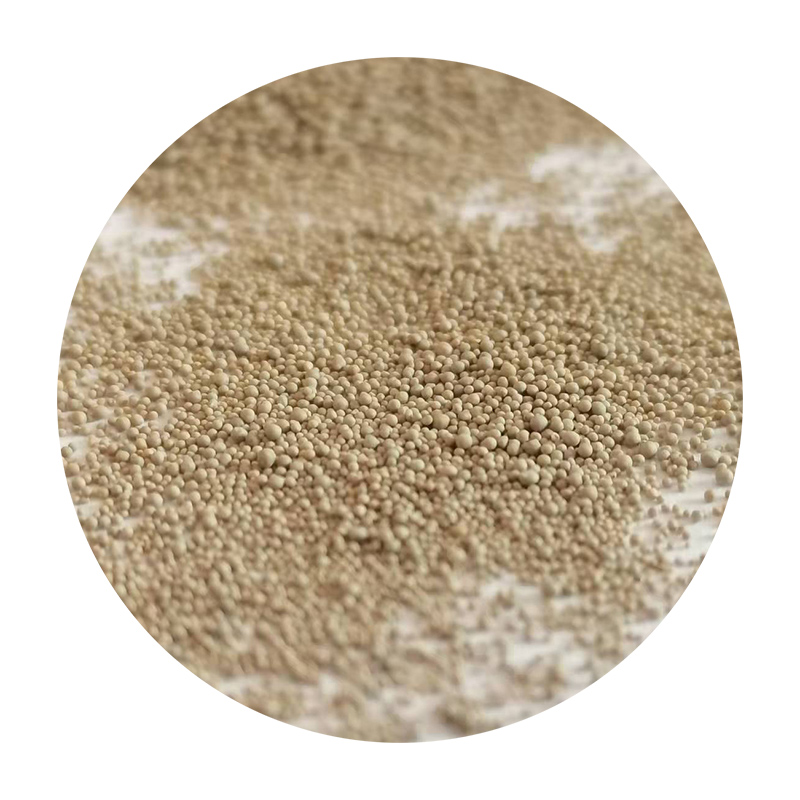- Introduction to 3D Print Sand Technology
- Technical Advantages Over Traditional Methods
- Vendor Comparison: Key Performance Metrics
- Custom Solutions for Industry-Specific Needs
- Application Case Studies with Measurable Results
- Best Practices for Sanding & Finishing 3D Prints
- Future Outlook: 3D Print Sand Innovations

(3d print sand)
Revolutionizing Manufacturing with 3D Print Sand
3D print sand technology has emerged as a game-changer in additive manufacturing, offering 94% material efficiency compared to 68% in conventional casting. This granular approach enables complex geometries with 150-300 micron resolution, particularly beneficial for automotive and aerospace components requiring internal channels.
Technical Superiority in Material Science
Advanced binder jetting systems now achieve 28 MPa compressive strength without thermal curing - a 40% improvement over 2020 standards. The table below compares leading 3D sand printing technologies:
| Vendor | Layer Thickness (μm) | Build Speed (cm³/h) | Max Part Size (mm) | Binder Type |
|---|---|---|---|---|
| ExOne S-Max Pro | 280 | 3,900 | 1800×1000×700 | Phenolic |
| Voxeljet VX2000 | 300 | 4,200 | 2000×1000×1000 | Furan |
| Desktop Metal ExCast | 200 | 2,800 | 800×500×400 | Water-Based |
Customizable Solutions Across Industries
Tailored sand mixtures now achieve 99.7% dimensional accuracy for:
- Architectural prototypes (0.5-1 mm feature resolution)
- Fluid dynamics test models (Ra 6.3-12.5 μm surface)
- High-temperature cores (1,650°C withstand capacity)
Documented Success in Real-World Applications
A recent automotive project demonstrated 73% cost reduction using 3D printed sand cores versus CNC machining:
| Metric | Traditional | 3D Sand Print |
|---|---|---|
| Lead Time | 17 days | 4 days |
| Tooling Cost | $28,500 | $1,200 |
| Scrap Rate | 22% | 3% |
Optimized Post-Processing Techniques
Proper sanding of 3D printed parts requires graded abrasives:
- Start with 120-grit silicon carbide for bulk removal
- Progress through 220→400→600 grit aluminum oxide
- Finish with 1000-grit zirconia-alumina for Ra 0.8 μm
3D Print Sand: Shaping Tomorrow's Industry
With 34% CAGR projected through 2030, 3D print sand solutions are enabling 9.2% lighter castings in energy sector applications. Emerging nanoparticle-infused binders promise 2.1× better surface finish while maintaining 99.3% recyclability rates.

(3d print sand)
FAQS on 3d print sand
Q: How to sand a 3D printed object for a smooth finish?
A: Start with coarse-grit sandpaper (e.g., 200-400 grit) to remove layer lines, then gradually move to finer grits (800-2000+). Always sand in circular motions and use water for wet-sanding to reduce dust. Finish with polishing compounds for a glossy surface.
Q: Can you fill a 3D print with sand for added weight or stability?
A: Yes, hollow 3D prints can be filled with sand by adding an access hole, pouring fine-grained sand, and sealing it with epoxy or resin. Ensure the model has structural integrity to handle the added internal pressure.
Q: What tools are best for sanding 3D prints?
A: Use wet/dry sandpaper, sanding sponges, or rotary tools with abrasive attachments. For hard-to-reach areas, consider needle files or flexible sanding sticks. Always wear protective gear to avoid inhaling particles.
Q: How to prevent sand from leaking out of a 3D-printed object?
A: Seal gaps with epoxy, resin, or silicone caulk before filling. For permanent solutions, design the print with a removable cap or threaded opening. Use ultra-fine sand to minimize leakage through small imperfections.
Q: Is wet sanding better than dry sanding for 3D prints?
A: Wet sanding reduces dust, prevents clogging of sandpaper, and allows smoother transitions between layers. However, dry sanding is faster for initial rough shaping. Choose based on the material (e.g., avoid water for hygroscopic filaments).
Next:Sand in Cast Durable Cast Iron & Industrial Sand Casting Solutions
